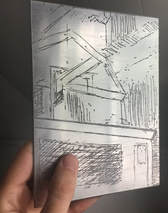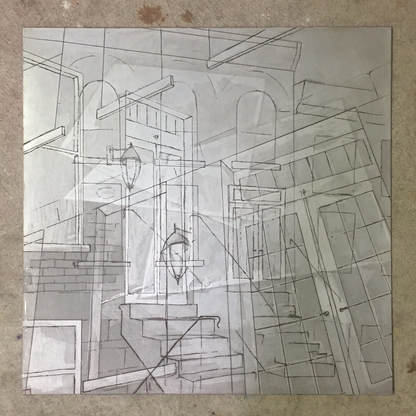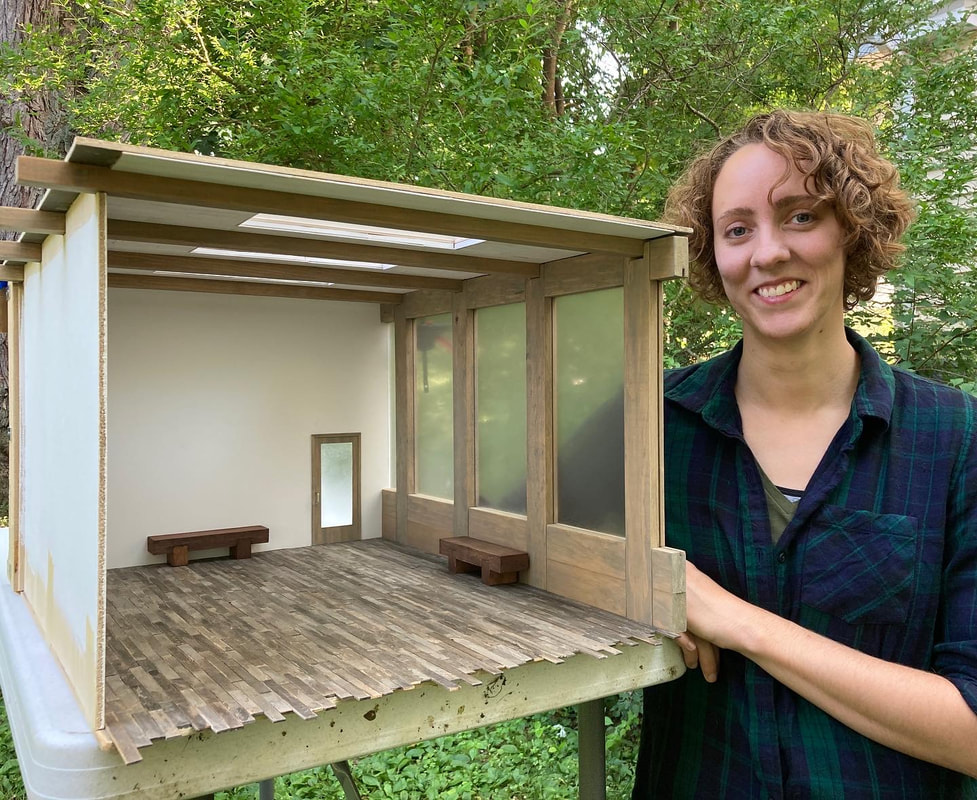 A test plate with lines etched using an acrylic hardground A test plate with lines etched using an acrylic hardground This spring I was fortunate to receive a grant through the Arts Center of the Capital Region's Decentralization re-grant program, and it has led to a lot of experimentation that I think might be helpful to other printmakers out there! I'm very excited about the project's early phases and I thought I'd share some of what I've learned so far about etching aluminum plates. I did a lot of research before deciding that aluminum was the right choice of materials for the project, but I was still surprised by some of the issues that popped up - the main one being the need for an effective yet easy to remove acid resist or etch resist, known as a hardground.  One of my etched aluminum plates featuring both an intaglio line etch and an aquatint-style etch. One of my etched aluminum plates featuring both an intaglio line etch and an aquatint-style etch. Before we get into the topic of hardground, it is important to know that I am using aluminum plates and a copper sulfate etch. This etch is only recommended for silver-toned metals: aluminum, zinc, and steel. The argument for aluminum was strong given the context of the small editions I'd be printing and the size that I wanted to work. Aluminum is not as durable as zinc, meaning a limited number of prints can be made before quality deteriorates, but for a given size plate zinc costs nearly three times as much as aluminum. Another mark in favor of aluminum is the fact that any open bite is self-aquatinting, allowing for watercolor like areas of value. In order to get the same effect in zinc, one needs access to rosin (a hazardous substance if inhaled) and a hot plate. The copper sulfate etch I am using was studied and published by artist Nik Semenoff and chemist L.W. Bader, and is far safer than a traditional etch using nitric acid. While not harmless (the solution does etch metal after all), the etch contains ingredients that were affordable and convenient. Semenoff and Bader detail the science behind the process, as well as how to revive or dispose of spent etch in their 1998 article "Intaglio Etching on Aluminum and Zinc Using an Improved Mordant.” To hear more about the approaches I tried and their results, continue reading below.
11 Comments
|
Katherine ChwazikArtist. Art Teacher. Smallbany Gallery. © Katherine Chwazik 2024, All Rights Reserved
Archives
July 2020
|

 RSS Feed
RSS Feed